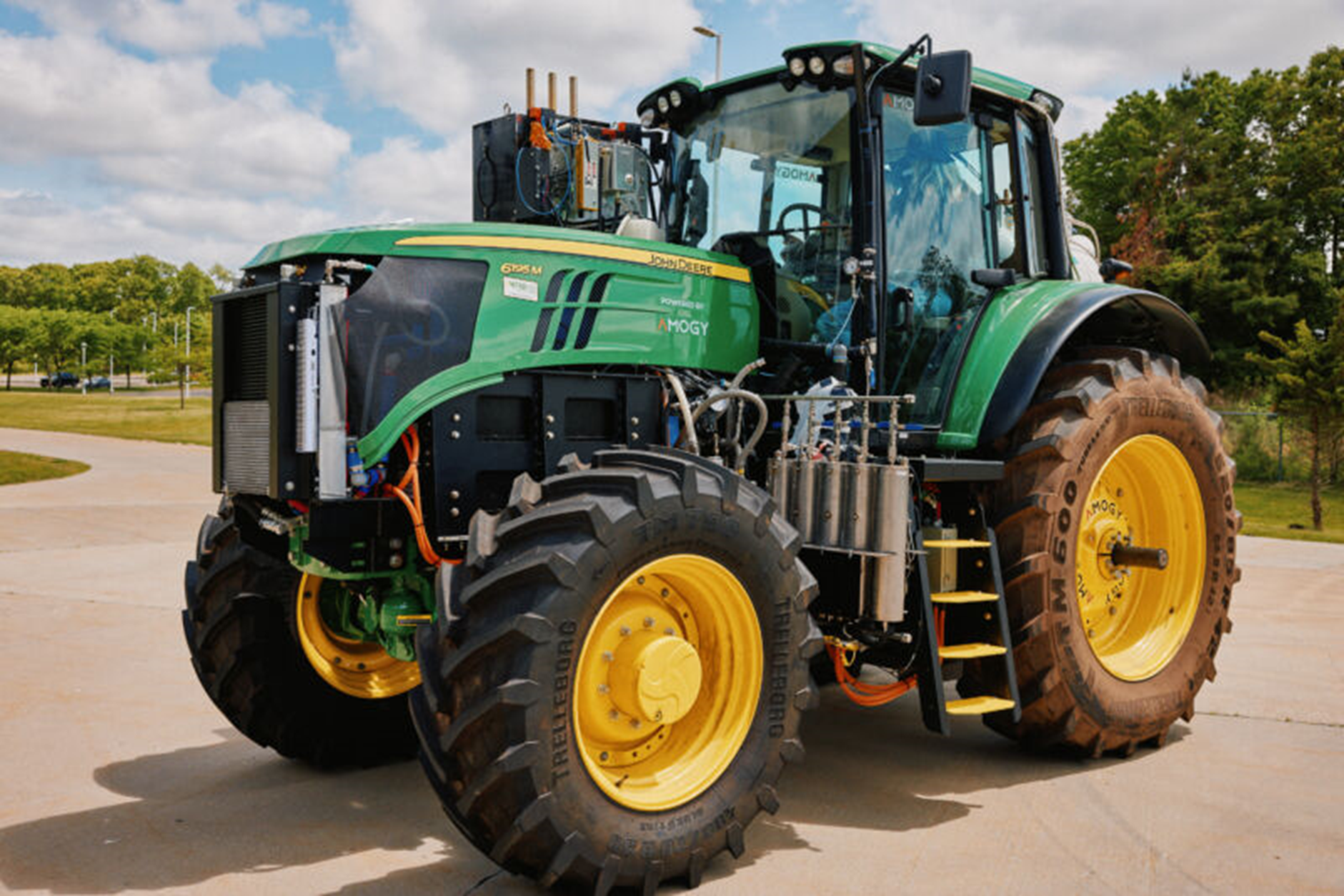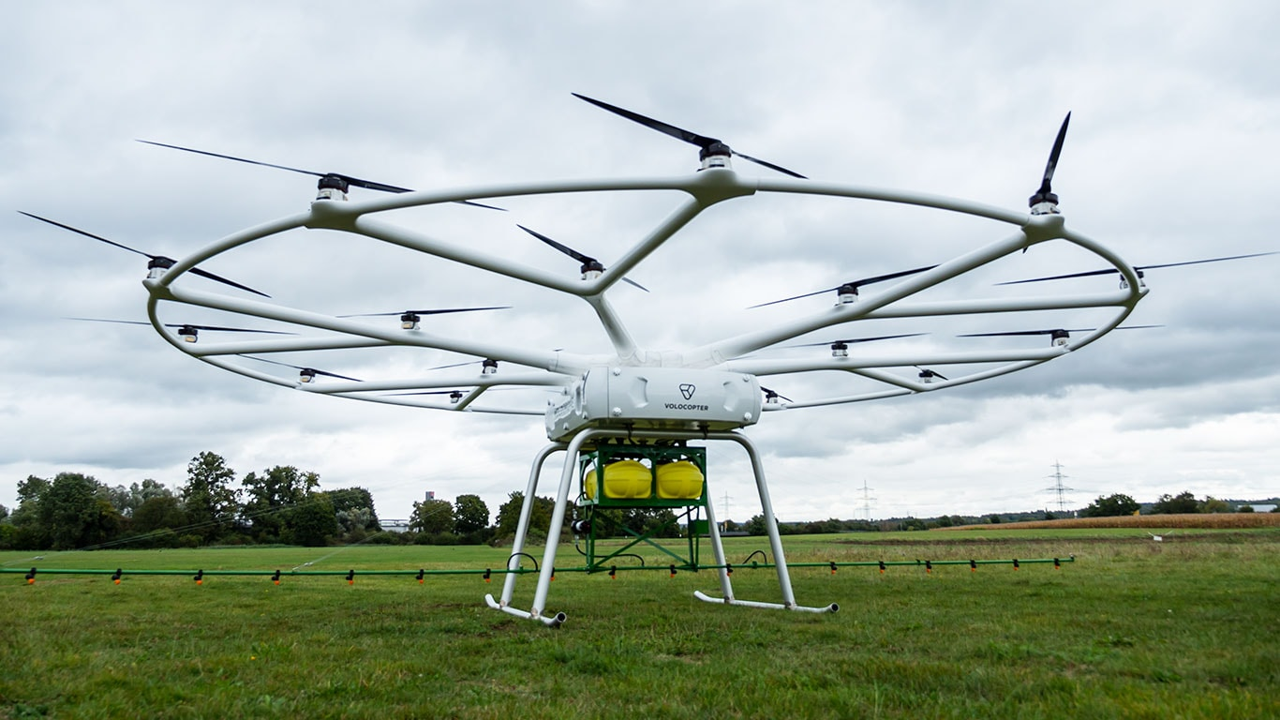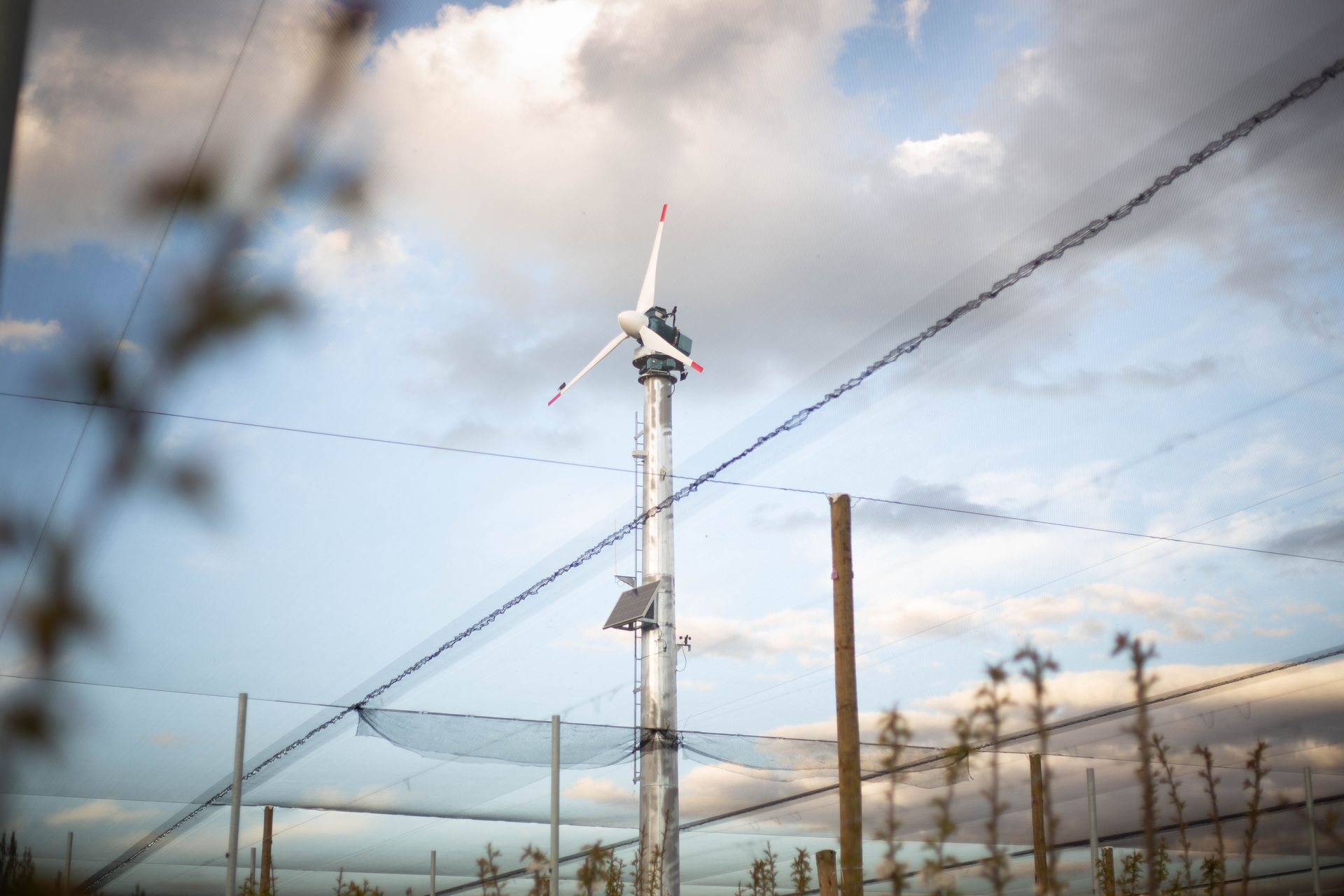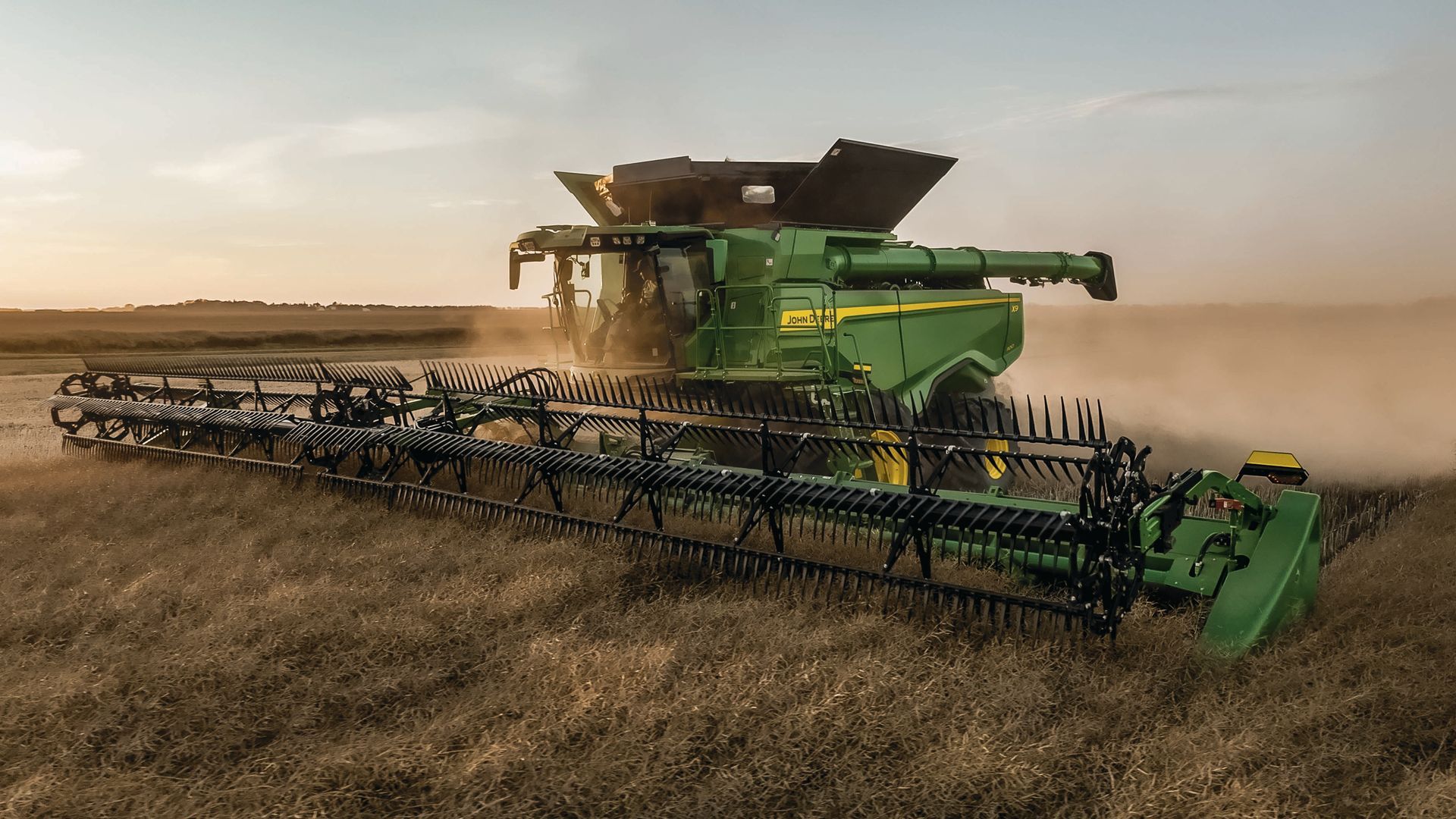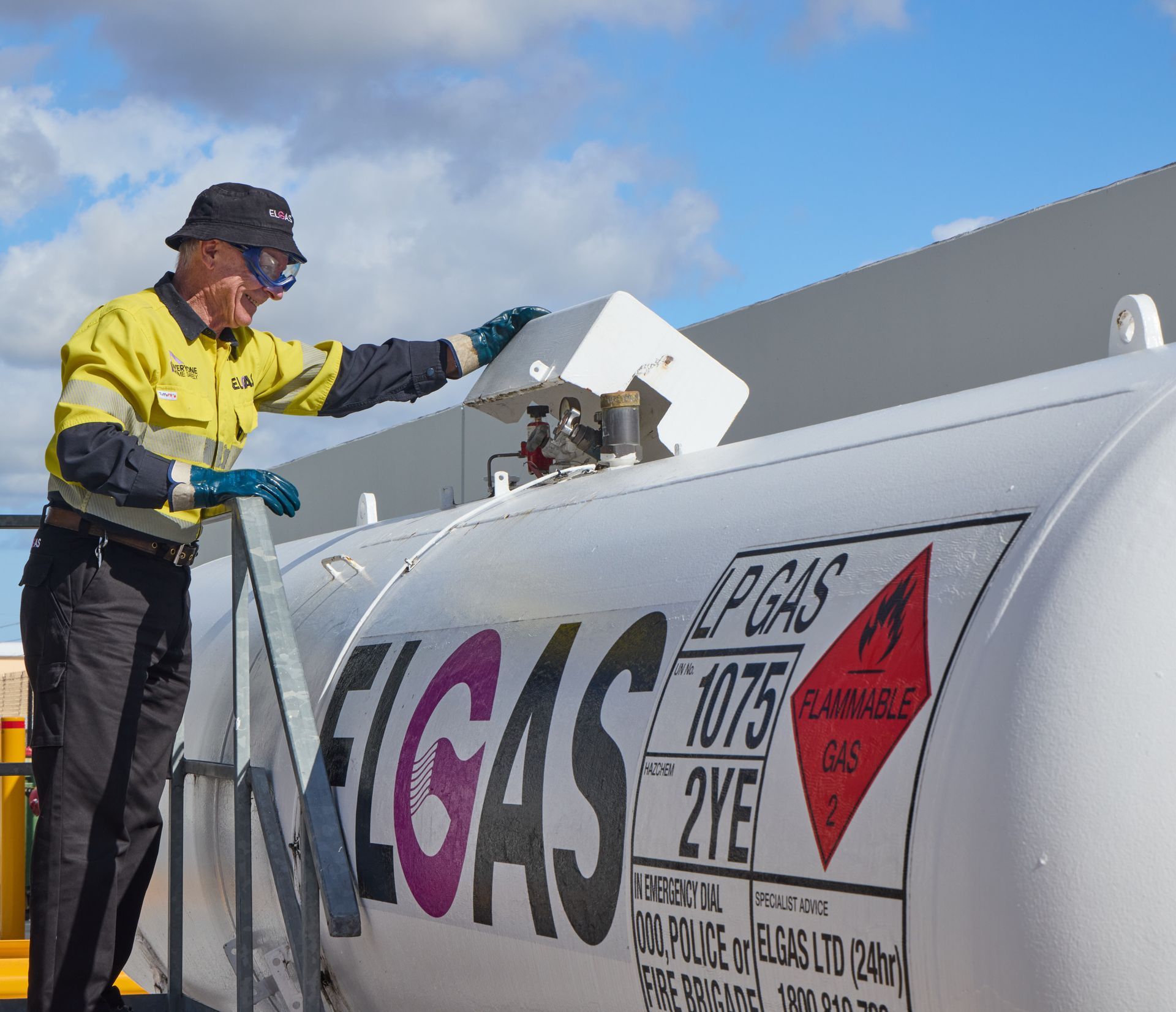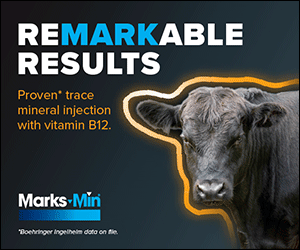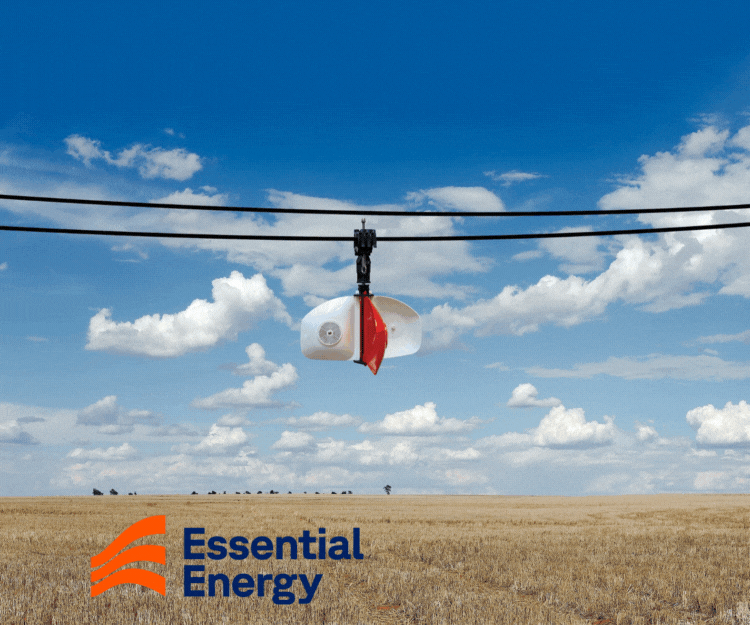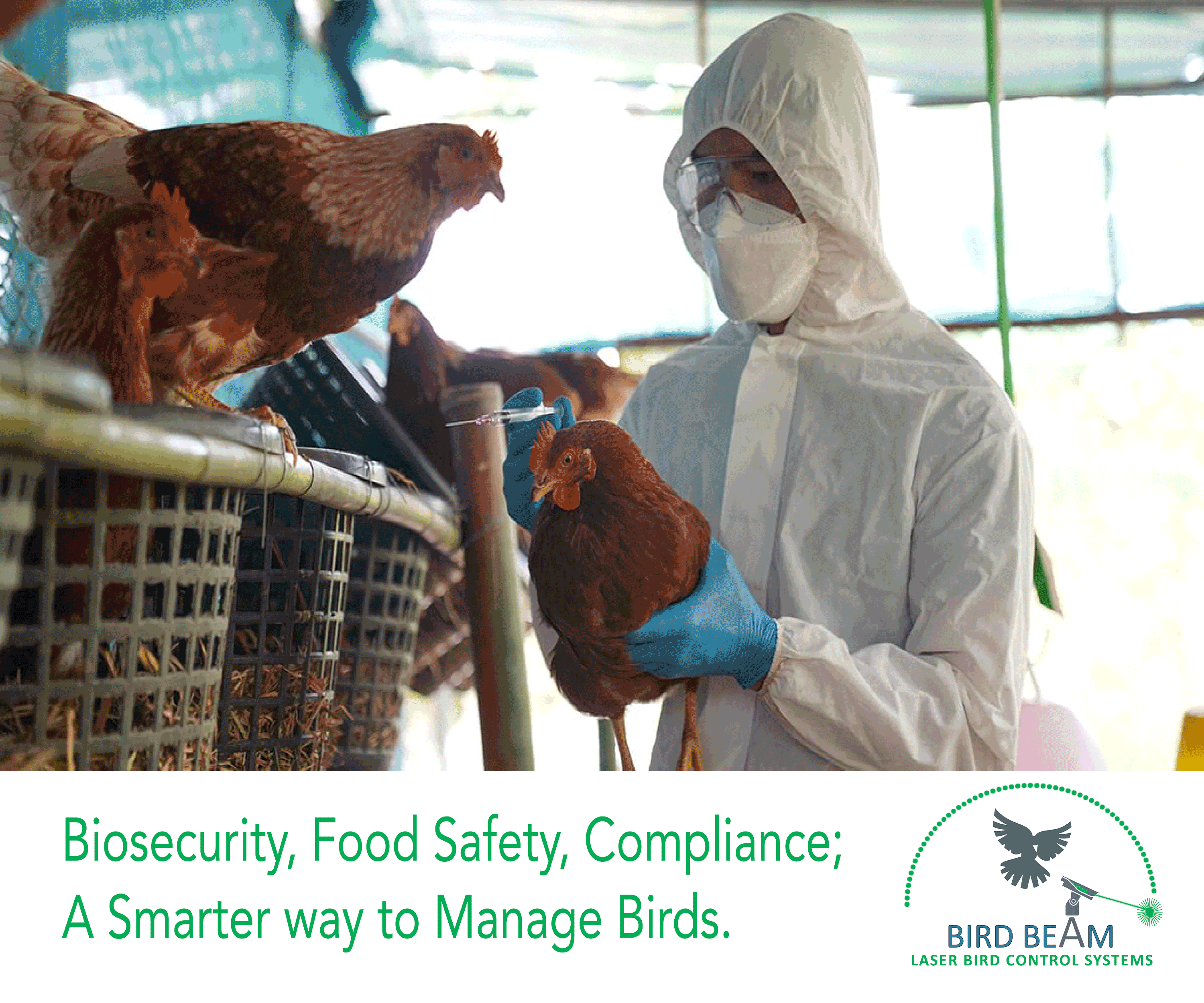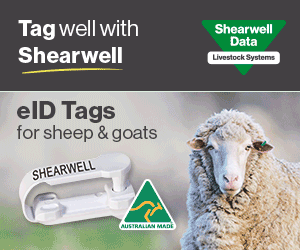1MG FlippingBooks
How agriculture can switch diesel for alternative energy to power industry
AgriFutures Australia research has revealed practical pathways for the agriculture, fisheries, and forestry sector to switch diesel powered machinery and equipment to alternative energy sources such as methane, battery and hydrogen fuel cell electric.
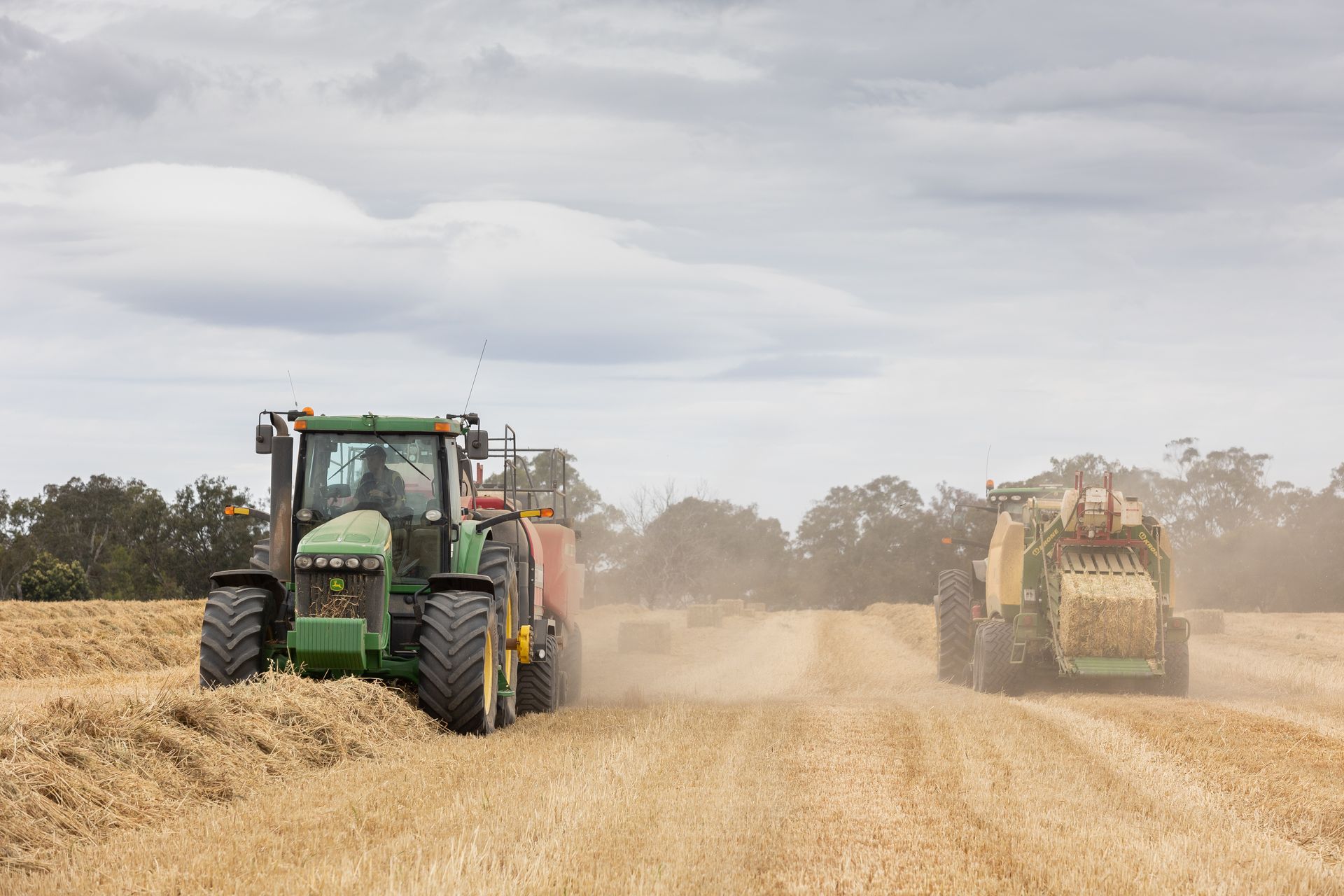
Petroleum diesel fuel is the most widely used source of energy in the Australian agriculture sector, representing 84 per cent of total energy consumption in 2020-21. It is culturally ingrained as a practical, efficient fuel that can be stored for long periods on-farm as it is less hazardous than petrol in hot weather.
Diesel also often serves a range of practical purposes beyond use as fuel, for example as drilling fluid, for removing tree stumps or as a solvent.
The diesel dilemma
The sector is facing pressure to reduce its greenhouse gas emissions while simultaneously facing supply risks, rising input prices and price volatility for petroleum diesel fuels. While a focus on reducing emissions and switching to renewable energy sources is important in addressing climate change risk, there are also broader economic and fuel security issues driving the need for transition.
Australian governments are stimulating investment in alternative energy infrastructure, such as charging stations for electric vehicles and positioning hydrogen as a key component of the country’s future energy landscape.
Machinery manufacturers have developed alternative fuel prototypes in hydrogen, biogas and battery electric, and are working to identify the market demand for new fuels, machinery and equipment.
It is therefore timely to understand the potential pathways for the sector to transition away from diesel.
Key findings
The agriculture, fisheries and forestry sectors across Australia are universally affected by the need to transition from fossil fuel-based diesel to alternative energy sources.
The market is responding with developments in hydrogen fuel cells, battery electric and bioenergy equipment, and machinery. But demand in Australia is yet to be established.
Barriers to supply and demand:
- Upfront investment
- Investment case for early adopters
- Uncertainty in demand forecast
- Availability of regional skills and energy supply chain.
Supporting the transition
Transition from dependence on petroleum diesel fuels requires a coordinated and cross-sector approach. This requires a parallel transformation of the supporting ecosystem of fuel and equipment supply chains, financial services providers, service networks and workforce skills.
Australian rural industries working with governments, suppliers and training organisations must consider four areas of initial focus to plan for transition.
1. Establish integrated planning and targets: Integration into existing strategic investment and planning, such as the National Hydrogen Roadmap and the work of Rural Research Development Corporations (RDCs), as well as incorporation into other sector-relevant industry roadmaps such as the National Farmers’ Federation 2030 Roadmap.
2. Establish a major pilots program involving manufacturers, supply chains, and communities: Develop the governance, institutional (including local leadership capacity) and market engagement frameworks to initiate and support a national rollout of a major pilots program e.g. geography-specific pilots that align with produce, machinery requirements, fuel supply chains, established infrastructure and coalescing of workforce and skills.
3. Align incentives and regulation: Ensure sector perspectives are incorporated into national and state policies and frameworks for incentivising the adoption of new energy technologies and related skills. This includes reviewing, updating and/or building regulations and incentives (such as subsidies and tax incentives) to address distortions in existing incentives and stimulate supply and demand to promote uptake of technologies proven in the pilot program.
4. Engage key supporting sectors: Work with the financial services sector to integrate the diesel transition into environmental, social and corporate governance (ESG) frameworks and incorporate into sustainability linked loan products for producers.
Today, early adopters in agriculture, fisheries and forestry, and other sectors such as road freight, are taking action. Homegrown hybrid solutions are being trialled and professional retrofitting enterprises are serving the early adopter market.
Investors are expecting a four to five-year transition period, followed by a rapid uptake of new energy technology in the sector.
Case study: AdBlue shortage of 2022
In December 2021, Australia faced a supply chain crisis with the national inventory of AdBlue being depleted to critically low levels. AdBlue is a selective catalytic reduction additive that is used in diesel vehicles to break down harmful nitrogen oxides. To meet Australian emissions standards, modern diesel vehicles require the additive. This limitation extends to diesel-run tractors and irrigation pumps.
The AdBlue shortage was driven by a scarcity of synthesised urea – a critical component of the fuel additive. Urea is typically imported from Russia and China. Rising fertiliser costs prompted China, the largest producer of urea and supplier of 80 per cent of Australia’s urea stock, to halt exports of the commodity. This caused scarcity of AdBlue and rapid price inflation. The shortage risked a standstill in Australia’s freight and agricultural industries. The crisis was mitigated through a deal with Indonesia to supply Australia with urea, as well as $30 million in financial support provided to Queensland urea producer Incitec Pivot to increase domestic production.
This project has involved significant regional and industry consultation, including with other diesel-reliant industries such as mining and freight. The report considers what farmers, fisheries and foresters’ current and future needs are, and the intersection with the specific regions in which they operate.
While the project acknowledges a national diesel transition plan requires further development, this report provides initial priority areas for consideration, and is intended to be a catalyst to engaging in sector-wide discussion about the diesel transition.
To learn more about diesel transition and recommendations, read The Diesel Transition: Petroleum diesel alternatives for the Australian agriculture, fisheries and forestry sector on the AgriFutures Australia website.
AgriFutures Australia is one of 15 Research and Development Corporations (RDCs) that service the Research, Development and Extension (RD&E) needs of Australian rural industries.
Acclimate Partners is an advisory, technology platform and capital management firm that supports climate and energy transitions in partnership with governments, communities and businesses.
The Australian Farm Institute is an independent institute leading farm policy discussions for Australian agriculture.
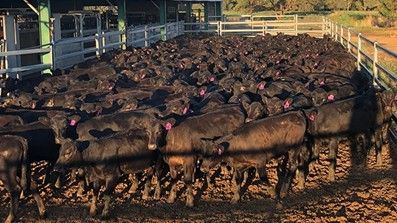
A selection of The Australian Farmer Sponsors - Click on a banner below to find out more...

